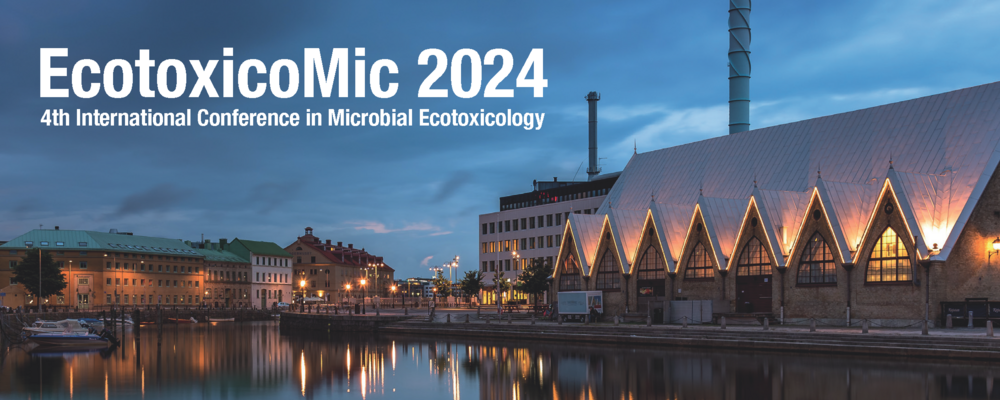What are the key emerging challenges that the conference will address?
"There is an urgent need to characterize the effect and fate between Contaminants of Emerging Concern (CEC), such as pharmaceuticals, personal care products, phthalates, bisphenols, microplastics or antibiotic-resistance bacteria and both prokaryotic and microeukaryote microorganisms, and its associated environmental risk.”
"CECs are compounds that are either recently introduced or have been in use but have been found out to pose a risk. They are in both cases present in the environment, which can be a cause for concern. Therefore, the occurrence and ecotoxicological data of CECs are needed to support the decision on whether those contaminants should be designed priority substances under the European Water Framework Directive, and in turn being monitored to protect the environment from toxic contaminants."
How can scientists advance research on CEC?
"Scientists can significantly contribute to advancing knowledge on the environmental risks of CEC by sharing their latest research findings. One valuable way to do this is by submitting papers to the thematic issue 'Microbial Ecotoxicology of Contaminants of Emerging Concern' in the journal FEMS Microbiology Ecology."
"This special issue aims to bring together cutting-edge studies that explore the effects of CECs. By contributing to this issue, researchers can help fill critical gaps in understanding how these contaminants interact with microbial communities, their fate in the environment, and their broader ecological and health implications.”
“The EcotoxicoMic conference will bring together 154 participants, including leading experts and emerging researchers from diverse fields such as ecotoxicology, microbiology, chemistry, chemical risk assessment, and antimicrobial resistance. It will provide a dynamic, interactive environment where attendees can share knowledge and collaborate across disciplines.”
“This event is not only a valuable opportunity for researchers but also for authorities, companies, and organizations involved in environmental assessments or working toward reducing toxic chemical use and emissions, such as Centre for Environment Fisheries and Aquaculture Science (CEFAS), Bayer AG and Elsevier. Together, we'll explore innovative solutions and expand our collective understanding of microbial ecotoxicology and its real-world implications."
Why was the University of Gothenburg selected to host the conference?
"One of the research areas at the Department of Biological and Environmental Sciences is Aquatic Ecotoxicology and we have a long tradition of microbial ecotoxicology. Specifically in evaluating the occurrence of toxic contaminants on inland and coastal waters, and their effects on microorganisms, such as microalgae, bacteria, zooplankton and meiofauna."
"Also, I am a member of the EcotoxicoMic network that connects all European researchers working in microbial ecotoxicology. At the third EcotoxicoMic conference 2022, which as held in Montpellier, France, I was involved as part of the scientific committee. Then I was approached by the network about organising the fourth edition of the conference here in Gothenburg. When I proposed this to my colleagues, I received full support, which encouraged me to accept the offer."



